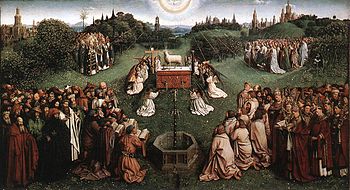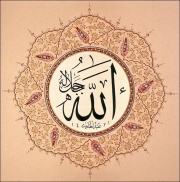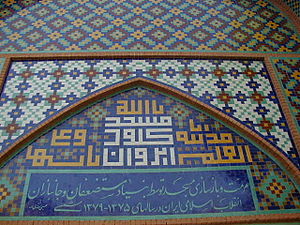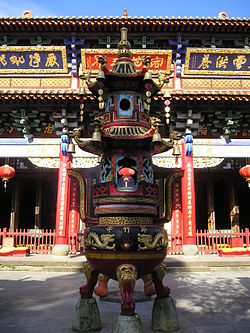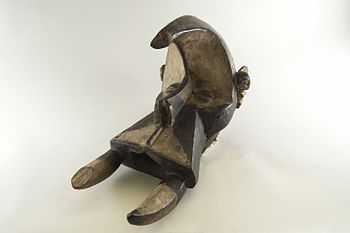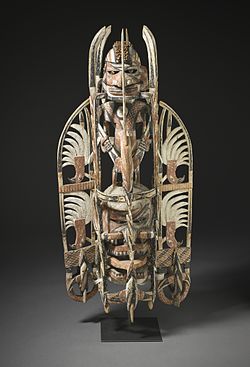Spirituality and Myth/ART 103/Spirituality
The art historical record is filled with works from many cultures that refer directly to spirituality. The following seven images are examples that help us understand how this connection is made.
To the left of the altar is the cross, another symbol of Christ's sacrifice. On the right is a column, signifying that he is the pillar of the church. The fountain in the foreground represents both the baptismal font and the symbol of Christ as the water of life. All of this plays out within a pastoral landscape replete with meadows, orchards, forests, and, in the distance, a church steeple and town on a hill beyond. The circle of light at the top of the painting is generated by the Holy Spirit, which takes the form of a dove. Can you find more symbols? The symmetry of the composition is striking, and gives a strong sense of stability to the entire picture. The Adoration of the Mystic Lamb is one of the central panels from the twenty-four-panel Ghent Altarpiece.
You can see the striking visual effects Buddhist mandala paintings have in the example at right. In the Five Deity Mandala, complimentary colour sets of green and red, blue and orange create a visual tension that is balanced by the symmetry of the composition. In the centre is Rakta Yamari, a Buddhist deity idealized with a fierce look, large eyes, and flamelike hair. He embraces his consort Vajra Vitali. To the left and right of the large circle are four other gods, each embracing their own consort. They take the positions of the four directions: at the top right (west) is the red Raga Yamari. The bottom right (north) is green Irshya Yamari. The bottom left corner (east) is the white Moha Yamari and on the top left (south) is yellow Matsarya Yamari. Figures of lesser gods and gurus are placed throughout the composition. Notice the mandalas surrounding their heads. The Christian halo shares this significance.
The mask’s form is extremely angular and stylized. You can see the tusks at the bottom of the mask in the image at right. The conical eyes and the elephant trunk (ilolo) jut out from the forehead. The ilolo is also a charm that protects the masker from his enemies. A human head (ntekpe) is carved in relief or fully round at the top of the mask, usually at the side or facing the back. This acts as a calming agent against the ferocious-looking elephant mask.
For all the ferocity and energy that goes into it, the Ogbodo Enyi performance is really a community exhibition of cohesiveness - a public demonstration that different age groups can work towards common goals.
In ceremonies in Burkina Faso, spirits run and swirl through crowds, wearing Bwa plank masks.[2] Recall the discussion of Bwa plank masks in the section on Emphasis in the module The visual language: Artistic principles.
Notes
- ↑ See also Ogbodo Enyi mask at The Metropolitan Museum of Art.
- ↑ See this description of Bwa masks, as well as this image of a ceremonial dance using a Bwa mask.
